What Is Interlock Knit? Soft, Stable And Smooth Fabric Guide
Welcome! If you’re curious about interlock knit, you’ve come to the right place. This fabric is well-loved for clothing because it’s often soft, smooth, and very comfortable.
This post will simply explain what is interlock fabric and help you understand why it’s a great choice for many items. Learning more about this smooth knit material for clothing can help you make better choices for your projects or brand.
1. Understanding interlock knit
Now, let’s get into what makes interlock knit special.
1.1 What exactly is interlock knit?
Interlock knit is a type of double-knit fabric structure. Imagine it like two very thin knit fabrics made together at the same time, locked as one piece. Because it’s a double knit fabric, both the front and back of interlock knit look and feel the same.
They are both smooth and finished. This means there’s no ‘right’ or ‘wrong’ side to the fabric. This happens because the two layers of loops interlock as the fabric is made, creating a key feature: a smooth finish on both sides.
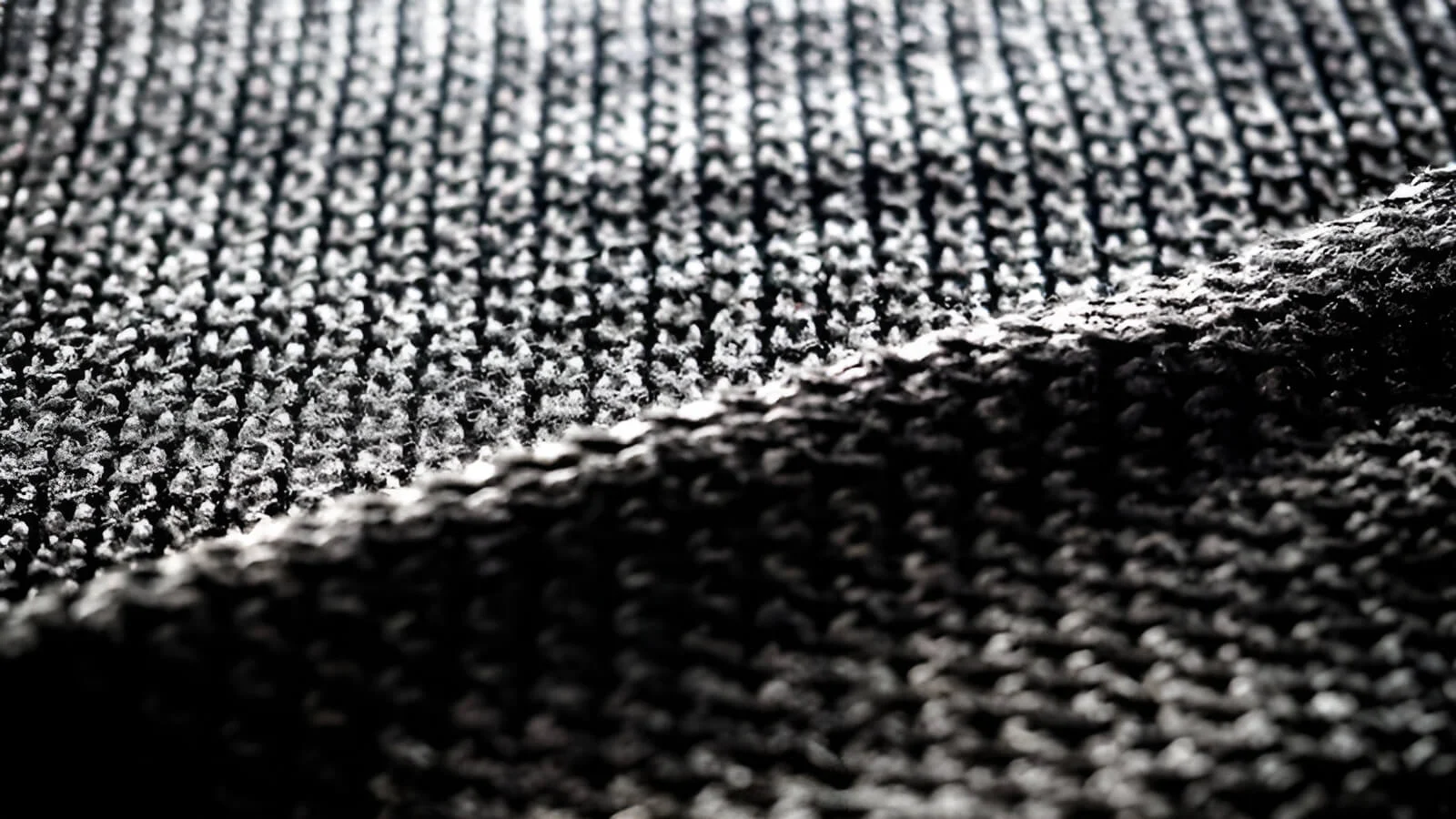
1.2 How is interlock knit made?
Interlock knit is made on a special knitting machine that has two sets of needles. These needles work opposite each other. They pull loops of yarn through other loops, causing them to interlock and form the fabric.
This method creates knit fabrics that are stable, meaning they don’t unravel easily, and it ensures both sides are identical. In double-knit structures like interlock, the loops are usually very fine and close together. This is what gives the fabric its characteristic smoothness.
2. What makes interlock knit special?
Interlock knit has several great features that make it a popular choice. Let’s look at what sets it apart:

2.1 Smooth on both sides
As mentioned, interlock knit is smooth on both sides, with no distinct ‘front’ or ‘back’. This is great because it means the fabric looks good from any angle.
More importantly, it feels consistently nice and offers a soft feel against the skin, thanks to its smooth texture on both sides. This makes it perfect for items where inner comfort is important, like baby clothes, t-shirts, or linings.
This consistent smooth surface is also a benefit when applying certain types of labels, as the surface is uniform.
2.2 Good stability
Interlock knit has good stability. In simple terms, this means when you cut the fabric, the edges stay flat and don’t curl up. This is a big difference from some other knit fabrics, like jersey, which tend to curl a lot.
This stability makes interlock much easier to sew accurately. It also helps clothes hang well, and details like hems and necklines look neat and stay flat without needing special finishes.
2.3 Moderate stretch
This fabric has a “moderate” stretch, usually more across the width than the length. This provides comfort and allows for easy movement when you wear it. It’s different from very stretchy knits, like rib knit, or fabrics with a lot of elastane (often called Spandex).
It’s also different from woven fabrics, which usually don’t stretch much at all. Importantly, interlock knit generally has good “recovery.” This means it returns to its original shape well after being stretched. This provides comfort without clothes becoming baggy or losing their shape quickly.
2.4 Thickness and not see-through
Being a double knit fabric means interlock is naturally thicker than “single knit” fabrics, like the material used for basic t-shirts (often jersey).
This extra thickness makes it more opaque, meaning it’s not see-through. This provides good coverage, gives a feeling of substance to the garment, and often means you don’t need an extra lining.
2.5 Softness
A primary benefit of interlock knit is its remarkable soft feel. This is one of its main attractions. The softness comes from using fine yarns, the smooth and tight double knit structure, and often the type of fiber used (like cotton, known for its softness).
2.6 How it hangs
“Drape” simply means how a fabric hangs or falls. Interlock knit has a good drape. It’s fluid but has enough body and weight to hang smoothly and elegantly. It’s not too stiff, and not too clingy. This quality makes clothes look flattering. They follow the body’s shape nicely and move gracefully.
3. Interlock knit vs. other common knits
It can be tricky to tell knit fabrics apart! Let’s compare interlock with some other common knits to help you easily identify them.
3.1 Interlock knit vs. jersey knit
The key difference between interlock knit and jersey knit lies in their structure. Remember, interlock is a double knit, so it’s smooth and looks the same on both sides, and its cut edges stay flat.
Jersey knit, on the other hand, is a “single knit.” Jersey fabric has visible V-shaped stitches on the front (face) and horizontal bumps (purls) on the back. A very important difference is that jersey’s cut edges tend to curl towards the front side.
Interlock usually feels thicker, firmer, and equally smooth on both sides. Jersey is often lighter, can be stretchier (though interlock has moderate stretch), and may feel thinner with different front and back textures.
Jersey often has more stretch in one direction (usually widthwise) and might not return to its shape as well as interlock’s more balanced, moderate stretch with good recovery.
Here are some practical tips on how to identify interlock knit fabric:
- Visual Check: Look at both sides. Are they the same (interlock) or different (jersey)?
- Edge Check: Examine a cut edge. Is it flat (likely interlock) or curled (definitely jersey)?
- Feel Check: Feel for thickness and any texture difference between the sides.
Knowing this difference is important for our clients. For example, printed labels might look different or apply differently on the distinct surfaces of jersey versus the uniform surface of interlock.
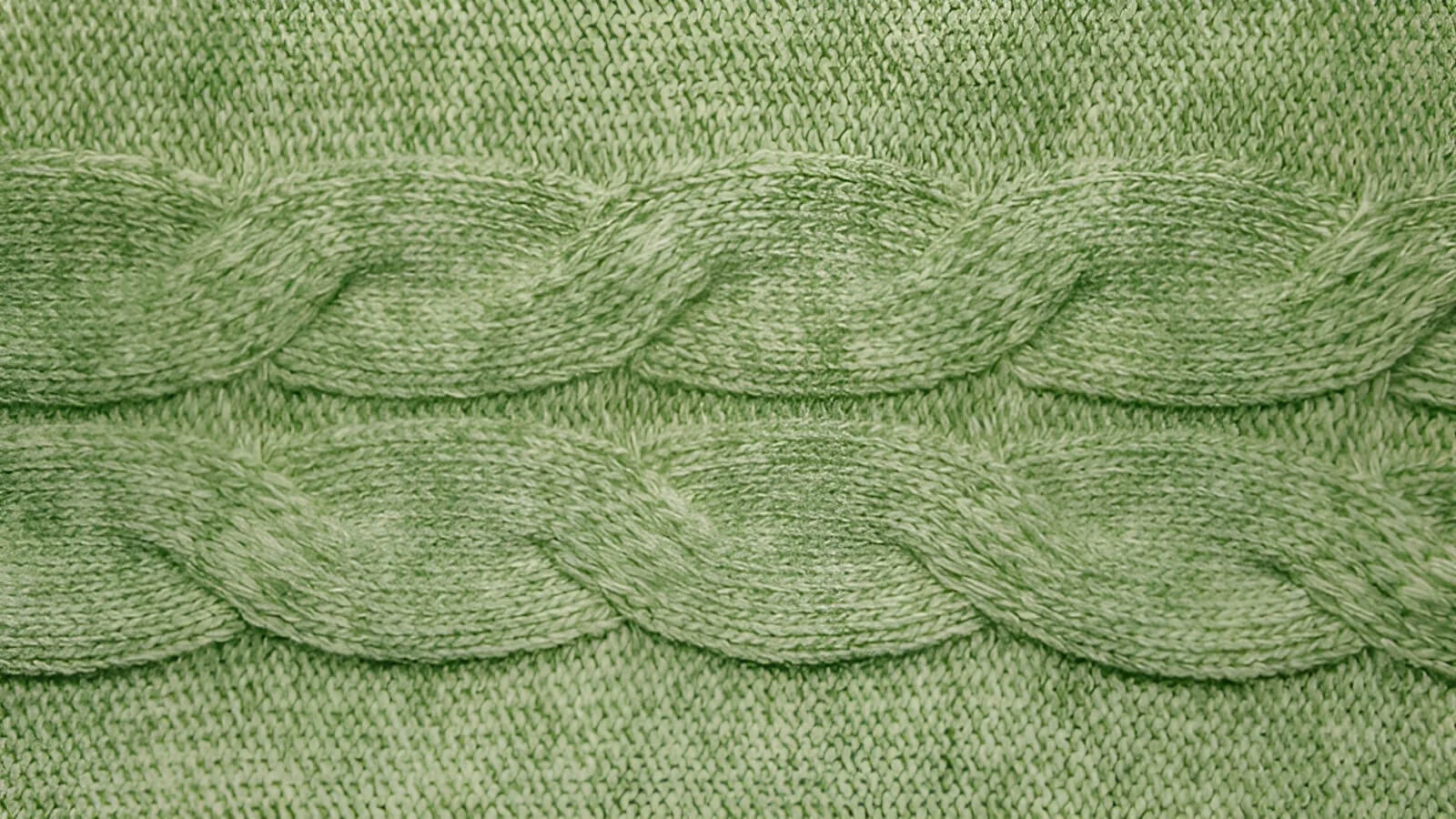
3.2 Interlock knit vs. rib knit
Interlock knit has a smooth surface, flat and even. Rib knit, however, has visible vertical lines, often called “ribs,” on both sides of the fabric. These ribs are made by alternating columns of knit and purl stitches.
The biggest difference in feel is stretch. Rib knit is very stretchy, much more so than interlock. It’s designed for elasticity and is often used for cuffs, neckbands, and close-fitting garments.
So, the key takeaway for identification: if it’s smooth with moderate stretch, it’s likely interlock. If it has visible ribs and is very stretchy, it’s likely rib knit.
4. Where you’ll find interlock knit?
Thanks to its great qualities, interlock knit is used for many different items. Here are some common examples:
4.1 Clothes for everyone
Interlock is a popular fabric for clothing for adults because it’s comfortable and has a smart appearance. Here are some examples of what is interlock knit fabric used for in clothes:
- T-shirts: Especially higher-quality ones that feel smoother and hold their shape well.
- Dresses and Skirts: Its good drape makes it suitable for flowing or fitted styles.
- Polo Shirts: Offers a neat look with comfort.
- Sportswear/Activewear: Polyester interlock is great for its durability and moisture-wicking properties.
- Pajamas and Loungewear: Its softness is perfect for comfortable sleepwear and relaxation.
Apparel brands often choose interlock because it offers a good balance of comfort, appearance, durability, and it’s also a good surface for printing or embellishments. We often see brands using interlock for premium basics or items where a smooth, comfortable feel is part of their brand promise. This fabric also provides a great canvas for various types of clothing labels we offer at Packlove.
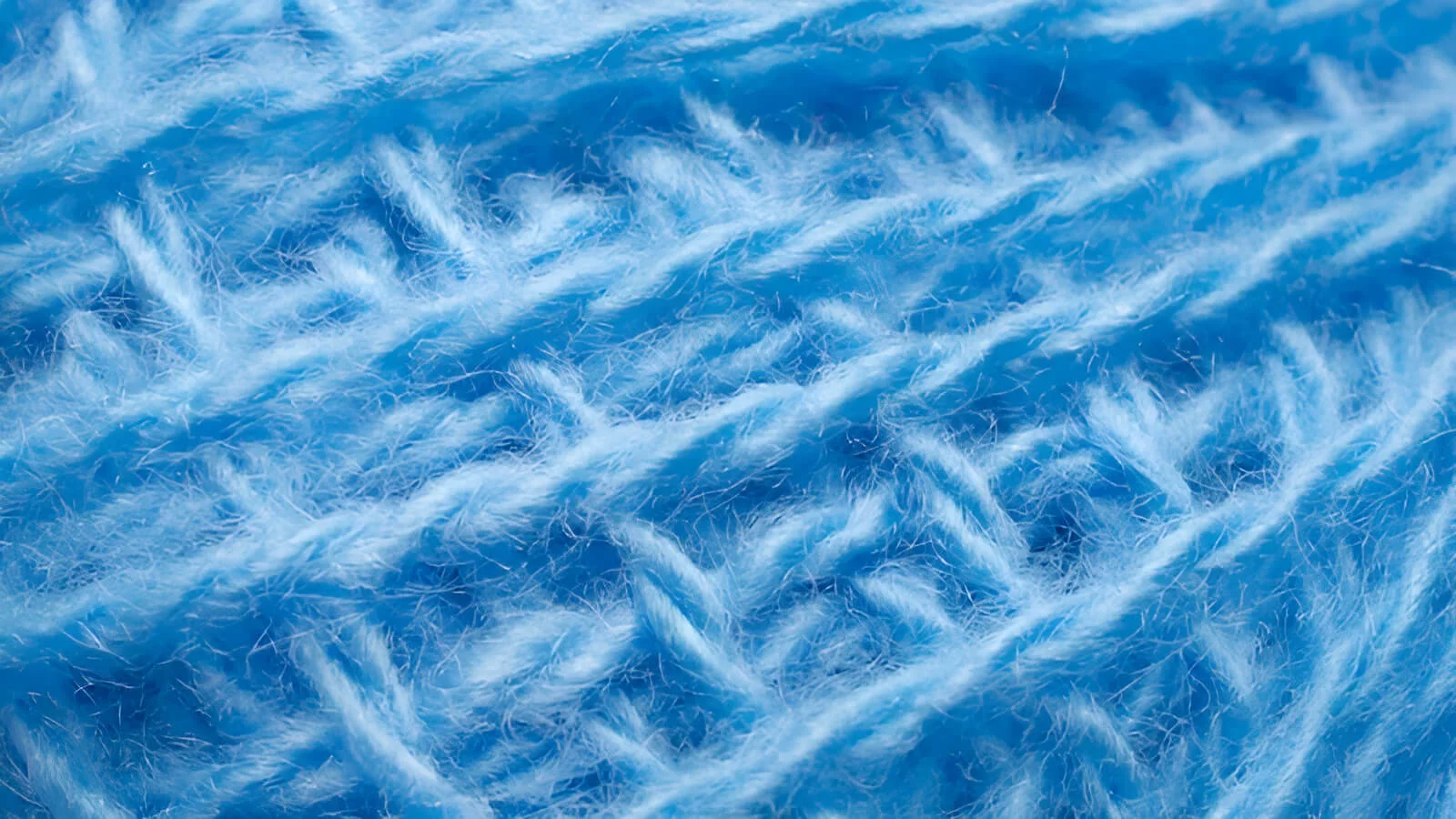
4.2 Baby and children’s clothes
Interlock knit is a top favorite for baby and children’s clothing. It’s a top choice for baby product companies. You’ll find it in:
- Onesies, Sleepers, and Rompers: Its softness and stretch make dressing easy.
- Soft T-shirts and Tops: Gentle for everyday wear.
- Play Clothes: Durable enough for active kids.
It’s so popular for little ones because of:
- Extreme softness: Very gentle on delicate skin. This highlights the benefits of using soft fabrics for baby clothes and accessories.
- Good durability: Stands up to active play and frequent washing.
- Good coverage: It’s not see-through.
- Moderate stretch: Provides comfort and makes dressing easier.
The fabric is so inherently gentle that even soft fabric for clothing tags would complement it well. Many of our clients in the baby product industry specifically request interlock for their garments.
4.3 Other uses
Interlock knit is also used for:
- Soft linings for jackets and dresses, adding an extra layer of comfort.
- Soft accessories like headbands or lightweight scarves, thanks to its nice feel and drape.
5. What is interlock knit made from?
5.1 Cotton interlock
- Characteristics: Cotton interlock is natural, soft, breathable, and absorbent. The characteristics of cotton interlock knit fabric make it very popular.
- Uses: Great for everyday clothes, t-shirts, and especially baby clothes because it’s so gentle on the skin.
5.2 Polyester interlock
- Characteristics: Polyester interlock is strong, durable, resists shrinking and wrinkles, and dries quickly.
- Uses: Often found in activewear, sportswear, and items that need to be very durable.
5.3 Blends
- Characteristics: These blends combine the benefits of both fibers. For example, you might get the softness of cotton with the durability and easy-care properties of polyester.
- Uses: Used in a wide range of clothing where a balance of properties is desired.
5.4 Special Mentions
- Organic Cotton Interlock: Grown without harsh chemicals, this is an extra-soft, eco-friendly choice perfect for brands that want to reflect sustainability in their garments and labels.
- Interlock with TENCEL™ or Modal fibers: These fibers create an exceptionally smooth, luxurious feel and are often considered sustainable options, ideal for premium products and ultra-soft luxury labels.
6. Taking care of interlock knit
To keep your interlock knit items looking their best, follow these simple care tips. Caring for garments and labels made from interlock knit properly will extend their life.
- Always Check the Label: This is the first and most important step! The care label on the garment will give specific instructions.
- Washing: Generally, it’s best to machine wash on a gentle cycle using cool or lukewarm water. This helps prevent too much shrinkage or stretching.
- Drying: If you use a dryer, choose a low heat setting. However, air drying flat is often the best way to maintain shape and make the fabric last longer, especially for cotton interlock. Avoid high heat.
- Ironing: If you need to iron, use a medium heat setting. It’s a good idea to iron on the reverse side of the fabric or use a pressing cloth (a thin cloth between the iron and the garment), especially for dark colors or polyester interlock, to avoid making it shiny.
Proper care also ensures any labels on the garment, like those from Packlove, remain clear and intact.
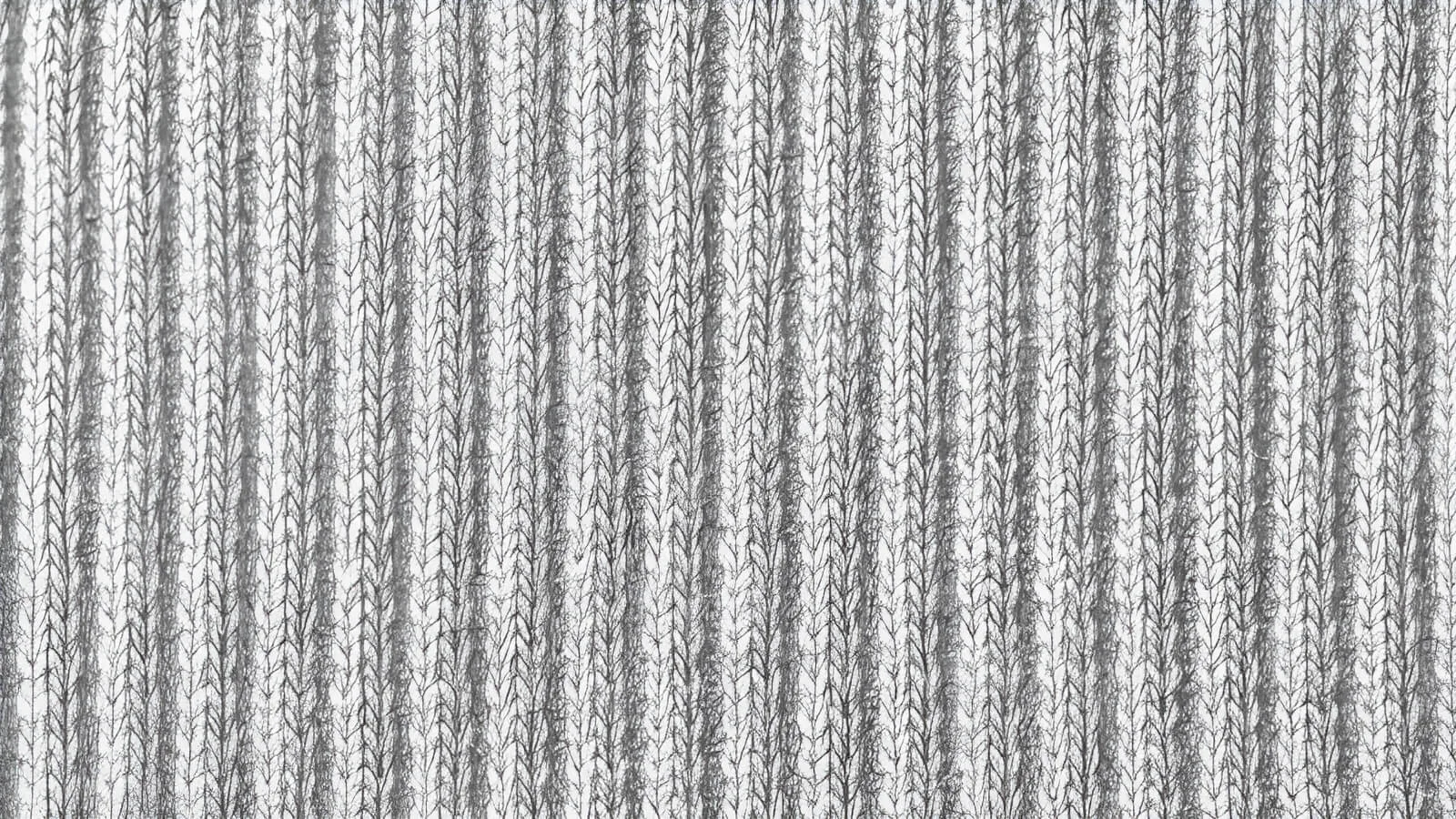
7. Why knowing about interlock helps with your brand’s labels
Understanding interlock knit isn’t just for garment production; it’s crucial for choosing the perfect custom tags and labels that complete your brand’s message.
- Surface for Printing: Interlock’s incredibly smooth, stable surface is an ideal canvas for printed labels. Logos, care instructions, and branding details appear sharp and clear without distortion.
- Ease of Application: Because the fabric edges don’t curl, attaching woven or printed labels is seamless. This ensures a clean, professional finish without the fabric puckering around the tag.
- Matching Softness: For brands focused on comfort (like babywear or loungewear), the label should be as soft as the garment.
At Packlove, we recommend materials that match this softness. We can even create labels from soft cotton interlock itself, ensuring ultimate comfort and a cohesive, premium feel for your products.
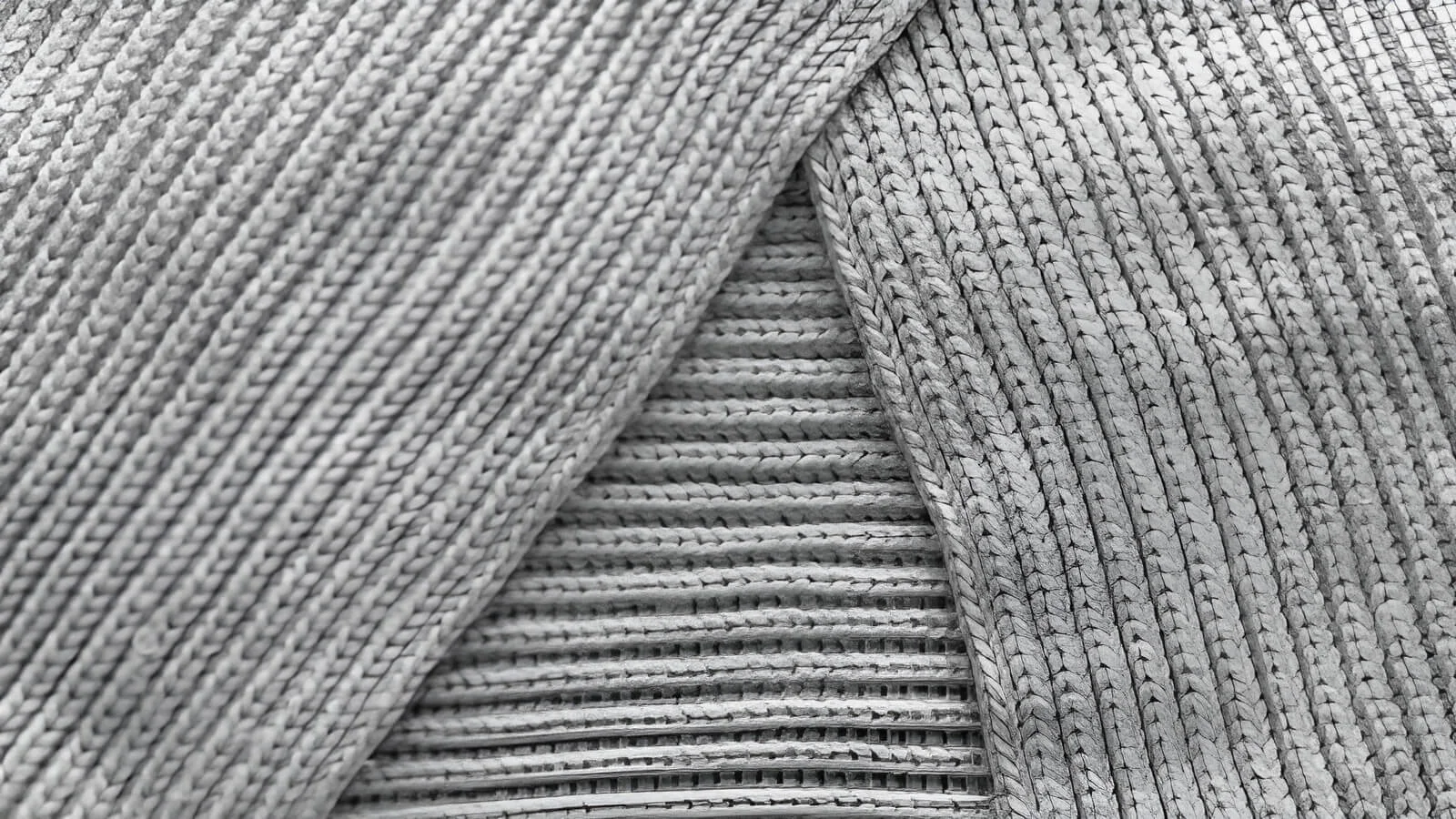
8. FAQs about interlock knit
8.1 Is interlock knit very stretchy?
Interlock has a moderate, comfortable stretch with good recovery, meaning it returns to its shape well. It is not as stretchy as rib knit, which is designed specifically for elasticity in cuffs and neckbands.
8.2 Is interlock knit good for hot weather?
While cotton interlock is breathable, it is thicker than single knits like jersey. For very hot and humid climates, it might feel slightly warmer than lighter fabric options.
8.3 Will interlock knit shrink?
Like most fabrics made from natural fibers, 100% cotton interlock can shrink if washed in hot water or dried on high heat. Always follow the garment’s care label—washing in cool water and air drying is the best way to minimize shrinkage.
8.4 How can I be sure it’s interlock knit?
Check for three key features:
- Both sides are smooth and identical.
- A cut edge lies flat and does not curl.
- It feels thicker and firmer than a standard t-shirt.
Explore more:
Interlock knit truly stands out as a superior fabric choice. With its signature double-sided smoothness, excellent stability that prevents curling, and comfortable stretch, it offers a premium feel that elevates everything from high-quality T-shirts to the gentlest babywear.
Its opacity and durability make it a reliable and versatile material for any apparel brand focused on quality.
Understanding these qualities is the key to perfect branding. At Packlove, we know that a premium garment deserves an equally premium label.
The smooth, stable surface of interlock provides the ideal canvas for crisp, detailed printed labels, while its inherent softness calls for a tag that won’t irritate the skin.
We specialize in creating custom labels that not only look professional but also complement the feel and quality of your fabric.
Ready to create a cohesive brand experience from fabric to finish? Let us help you design the perfect label for your interlock garments.






















